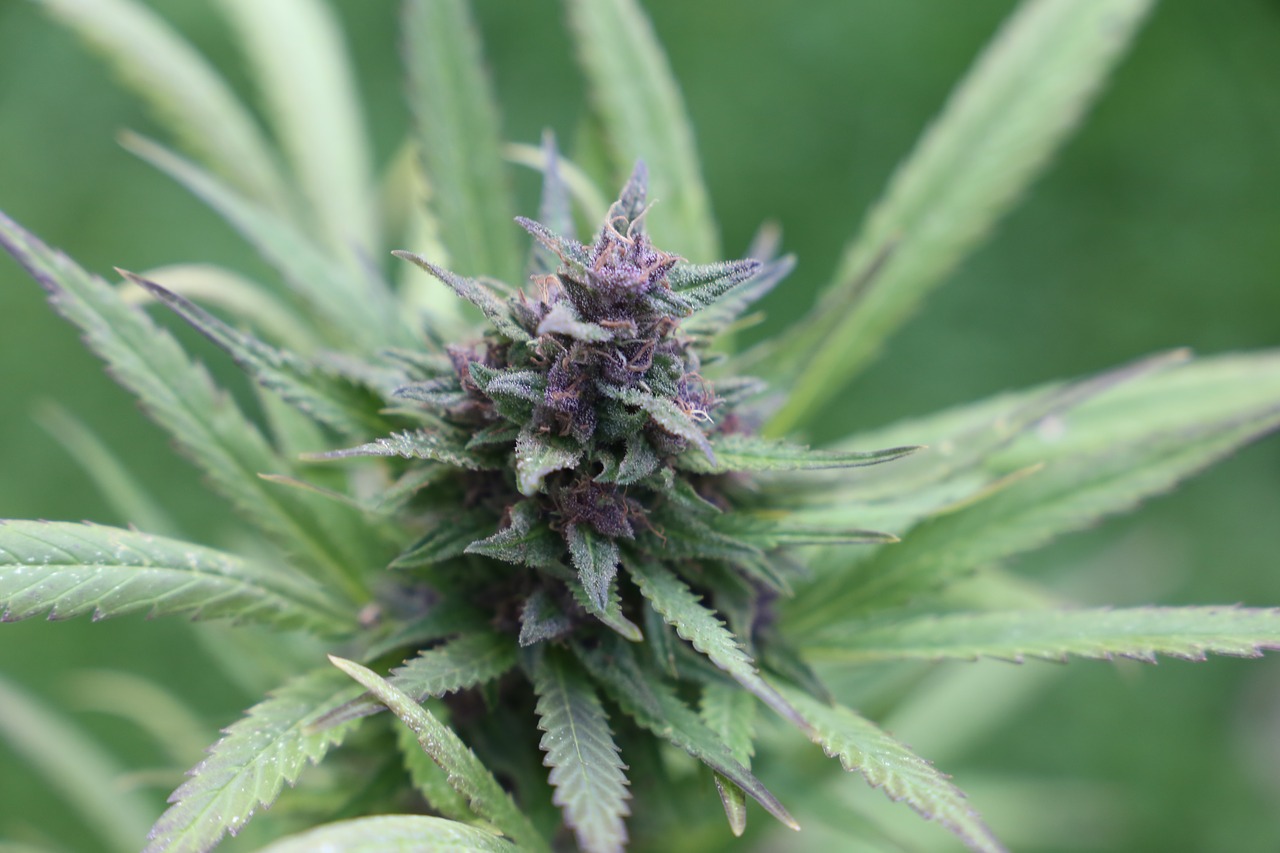When people talk about Hemp, Cannabis, and cannabinoids, there are usually two substances that appear, the first is CBD – a substance that is found naturally in the hemp plant, and then in large quantities in special varieties. It is these varieties that CBD Products are made from.
A substance without the psychoactive effect that has become increasingly popular over time. One reason why CBD products have become so popular is that they do not cause a “high”, while it is possible to consume all the nutrients that the hemp plant actually carries. From a historical perspective, the hemp plant has been one of man’s most beloved and useful plants, which has given us everything from food, medicine, fiber, and now also dietary supplements in the form of CBD Oil, Hemp Protein, Hemp Seeds and more.
However, this text is about THC, which from one aspect could be considered as CBD’s counterpart. Unlike CBD, THC has a psychoactive effect, which means that the substance gives rise to a high. This component, like the other +100 cannabinoids found in the hemp plant, has unique properties. As with everything in the world, there are bad and negative aspects. The substance is one of the most well-studied cannabinoids in the world and has captured the interests of researchers ever since its discovery in 1964 by Dr. Raphael Mechoulam and his colleagues.
An important point to make about THC, so despite its current illegal nature (in most countries), this substance can be very helpful in a number of different areas of life, among people who carry a lot of pain, for example, because they undergo cancer treatments where the substance in combination with other cannabinoids becoming a popular option. Not least in the United States.
You may have heard of THC, but what is it and how does it work?
THC is the active ingredient in cannabis and it has been known to alter brain chemistry. You could call it the “active ingredient” in cannabis, what causes the “high”.
THC can provide relief from a range of ailments and be used for many different purposes.
The chemical structure of THC is cyclohexane, which has six carbon atoms arranged in a ring. Each molecule is linked to a second molecule via single covalent bonds. The position of the double bond determines which isomer is active, and thus, the degree of the psychoactive effects. More research still needs to be done to understand exactly how THC interacts with the body. But still, research has come a long way.
THC interacts with the body’s endocannabinoid system, which regulates the immune system and nervous system. This allows it to control the response to needles and triggers many different ailments. This compound is also beneficial in treating pain, anxiety, and nausea. Although there are many benefits and certain risks, it is still unproven for medical use.
THC is a powerful drug. There are multiple uses for THC, and the research on this substance continues to grow. It has been used to treat insomnia, anxiety, and epilepsy.

THC is a powerful psychoactive compound
It has several short-term effects. It can increase feelings of calm and happiness or make people feel anxious. It can cause a wide range of side effects. If you’re a beginner, start small and gradually increase the dosage. The first doses can be low or high, depending on the concentration of THC. It is important to know what THC does before you use it for any purpose.
The active ingredient in cannabis is THC. THC has several effects on the body, including a decrease in blood pressure, nausea, and fatigue. It also alters the immune system and makes the body respond to cancer cells. Moreover, it affects the brain’s perception of pain and sensations. It’s important to understand how THC works in the body to avoid unpleasant side effects. When you consume THC, you should be aware of the side effects it can cause.
Because of its potency, it has been used as a medical treatment for a number of different conditions.
There are several structural isomers of THC. The first one is the “double bond” isomer. Both of these are identical atoms linked with different bonds. The double bond isomer is more potent than standard THC. It can lead to psychotic effects, which may be the cause of many mood disorders. In addition, it has the potential to protect the brain from oxidative stress. If you are suffering from these symptoms, you should stop using marijuana immediately and seek help.
THC affects the brain in different ways. It increases sensitivity to pain, and it interferes with the metabolism of certain drugs. It is also known to enhance the effects of sedatives. It is also associated with increased sleepiness. There are many ways to experience positive effects from cannabis, but it’s important to know how it affects your body.
More about THC (Tetrahydrocannabinol)
THC represents an expected 70-100 percent of the “up feeling”, or high while consuming marijuana, contingent upon the variation and along these lines the THC content according to other cannabinoids. Impacts incorporate unwinding, rapture, modified space-time insight, reinforcing the feeling of sight, taste and smell, bewilderment, and craving excitement. Notwithstanding, huge portions can prompt sensations of nervousness and quick impacts on learning and memory, particularly in youths.
THC isn’t water dissolvable, however solvent in practically all solvents and fats. Because of the fat solvency, limited quantities of the substance can in individual cases stay in the body’s fats for a more drawn-out timeframe. At the point when it disintegrates, it goes out via the pee and defecation out through the body.
Be that as it may, THC regularly remains in the body a couple of hours longer than the span of the actual consumption. The time THC stays in the body additionally changes from one person to another, contingent upon, in addition to other things, the amount of the substance you have in the body and how high your digestion is.
Nonetheless, a portion of the THC metabolites (buildups) that are made during the breakdown of the substance can remain in the body anyplace from a couple of days as long as a month or more after ingestion relying upon how a lot and how regularly THC is consumed.
With intermittent marijuana use, it is possible for THC metabolites to stay in the body for over a month. The THC metabolites are not psychoactive and can thusly not make any type of “high” as they break down and leave the body slowly.
The substance follows up on the body by restricting to cannabinoid receptors. The main body cannabinoid (the substance that ordinarily ties to the receptors) to be found was anandamide.


